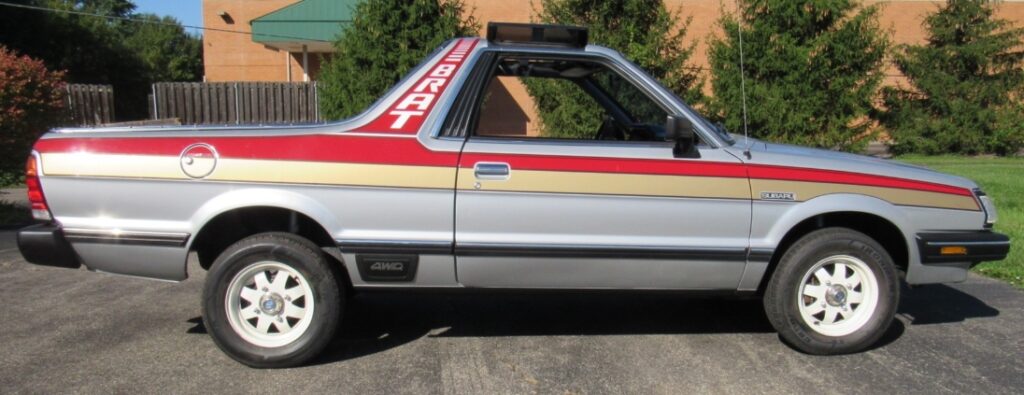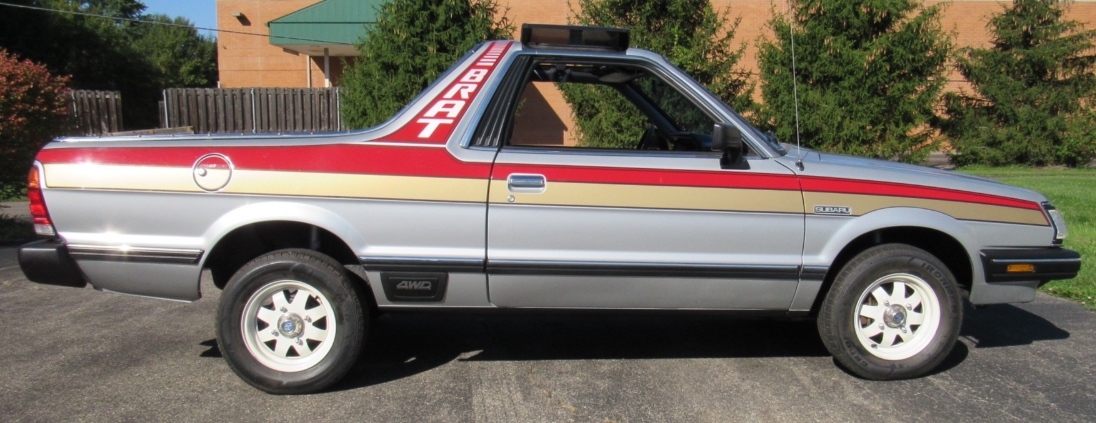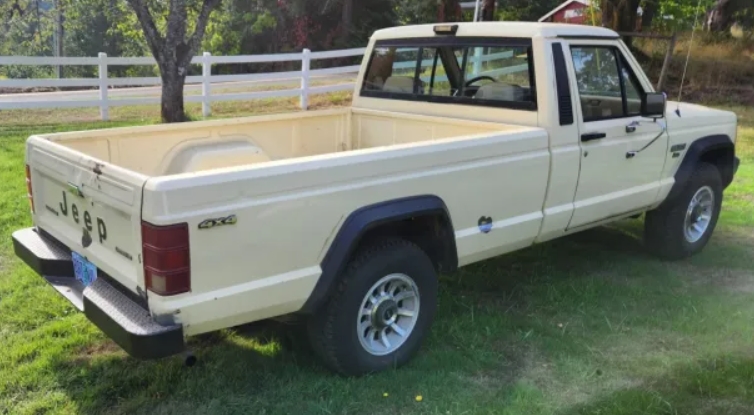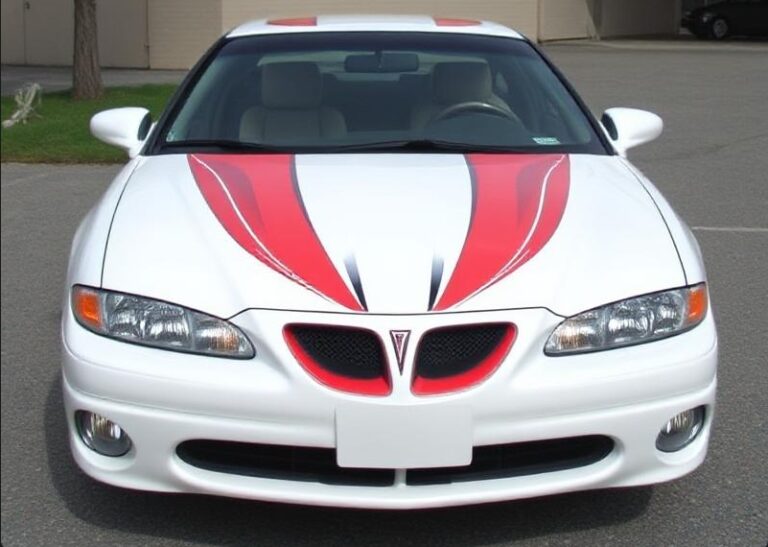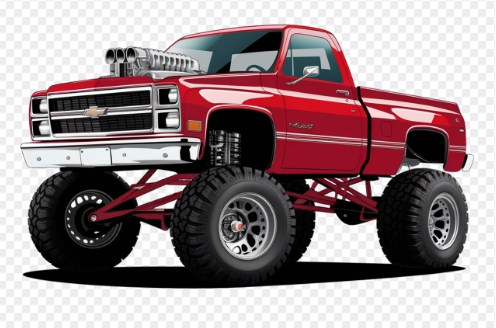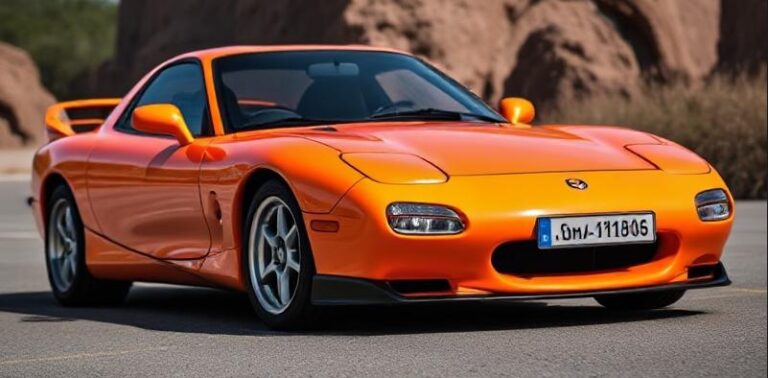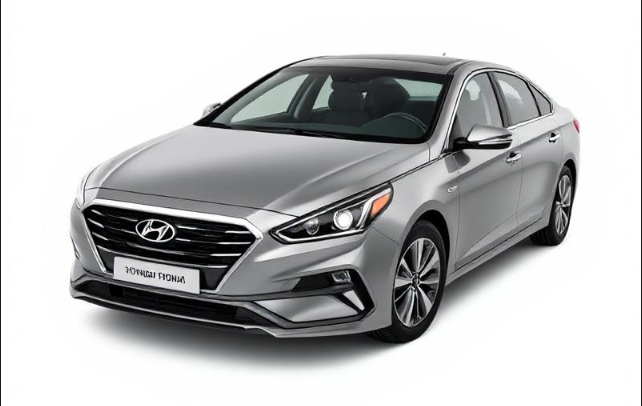The Evolution of the Subaru Brat: A Tribute to an Iconic Compact Pickup
The Subaru Brat, a compact pickup truck that captured the hearts of many during the late 1970s and early 1980s, is a fascinating case study in automotive evolution. Born into a time of economic challenges and changing consumer preferences, the Brat not only revolutionized Subaru’s offerings but also became synonymous with outdoor adventure and versatility. This article will delve into the evolution of this unique vehicle, exploring the production years, various models, and trim levels that defined its legacy.
Beginnings: The Subaru Brat (1978-1987)
1978 – The Birth of an Icon
The Subaru Brat, short for “Bi-Drive Recreational All-Terrain Transport,” was introduced in 1978 as a response to the growing demand for utility vehicles that were compact yet rugged. The Brat was based on the Subaru Leone platform and featured a distinct design—most notably, its rear-facing seats in the cargo area, which were marketed to appeal to younger buyers.
1979-1980 – The Early Years
Initially sold in the U.S. from 1978 to 1980, the Brat was powered by a 1.6-liter flat-four engine, producing a modest 68 horsepower. The offering was fairly simple: a four-speed manual transmission was standard, with an optional three-speed automatic. In these formative years, the Brat was offered in a single trim level that emphasized both functionality and affordability. Unique to this period, the Brat featured a unique all-wheel-drive (AWD) system that provided excellent traction, making it a popular choice for adventurous drivers.
1981-1983 – Expanding the Appeal
1981 – Minor Updates
As Subaru sought to expand the appeal of the Brat, 1981 marked the introduction of a few updates. These included revised exterior styling, improved interior appointments, and an optional 1.8-liter flat-four engine, which offered slightly more power at 73 horsepower. The Brat’s image as a sporty and practical vehicle began to solidify during this period.
1982-1983 – The Turbo Era
In 1982, Subaru introduced a turbocharged version of the Brat for model year 1983, which offered significantly optimized performance. This new trim level, known as the Brat Turbo, featured a 1.8-liter turbo engine that produced up to 91 horsepower. The turbo model appealed to a niche market, catering to consumers looking for both functionality and a little excitement in their driving experience.
.

.
1984-1987 – The Final Years of Production
1984 – The Lasting Legacy
By 1984, the Brat was becoming less competitive against more modern compact pickups. However, Subaru continued to offer the vehicle with minor updates to styling and safety features. In this era, Subaru introduced a few more options, including a sport package that provided enhancements such as improved handling and sportier tires.
1985-1987 – Now or Never
The Brat’s production in North America officially ended in 1987, although it continued to be produced in other markets until the early 1990s. During its last years in the United States, the Brat was primarily available in a single trim level. The final models featured a variety of paint options and a more comfortable interior, yet the appeal began to dwindle, leading Subaru to shift focus towards other models in their lineup. By the time the last Brat rolled off the assembly line, it had evolved from a practical vehicle into a cherished piece of American auto history.
Global Variations and Other Models
As the Brat’s production continued in other markets, Subaru made adjustments to appeal to local tastes. One notable global variation was the Subaru MV, a model aimed at the Australian market that featured slight differences in styling and equipment.
Legacy and Cultural Impact
The Subaru Brat has left a lasting impact that transcends its years of production. With its distinctive styling, all-wheel-drive capabilities, and unique rear-facing seats, the Brat quickly became an icon of the adventurous spirit of its owners. It represented a time in American automotive culture when compact utility vehicles began to emerge as a popular choice for young drivers.
Today, the Subaru Brat is celebrated as a classic, and collectors covet well-preserved models. Enthusiast groups dedicated to the Brat can be found online, showcasing restorations and stories from owners who lived the adventure alongside their machines.
Conclusion: A Journey through Time
The Subaru Brat is a compelling case study of how a vehicle can reflect the changing dynamics of consumer preferences and societal shifts. From its launch in 1978 to its eventual discontinuation in 1987, the Brat embodied practicality and adventure, appealing to a generation of drivers seeking both utility and style. While production ended decades ago, the Brat continues to resonate with car enthusiasts, serving as a reminder of the innovation and creativity that defines Subaru’s rich automotive legacy.
Models and Trim Levels Summary
- 1978-1980: Base Model
- Engine: 1.6L Flat-four, 68hp
- Transmission: 4-speed Manual, Optional 3-speed Automatic
- 1981: Base Model
- Engine: 1.6L Flat-four, 68hp
- Optional 1.8L Flat-four, 73hp
- Enhanced styling and interior features
- 1982-1983:
- Base Model: Available with turbo engine
- Turbo Model: 1.8L Turbo, 91hp
- 1984-1987:
- Base Model: Minor updates, single trim level
- Sport Package: Improved handling and sportier tires
In conclusion, the evolution of the Subaru Brat is a testament to ingenuity, reflecting the tastes and needs of a generation that appreciated compact, versatile vehicles able to tackle both urban and off-road terrains. The Brat remains an iconic part of Subaru’s legacy and continues to attract enthusiasts even today.
